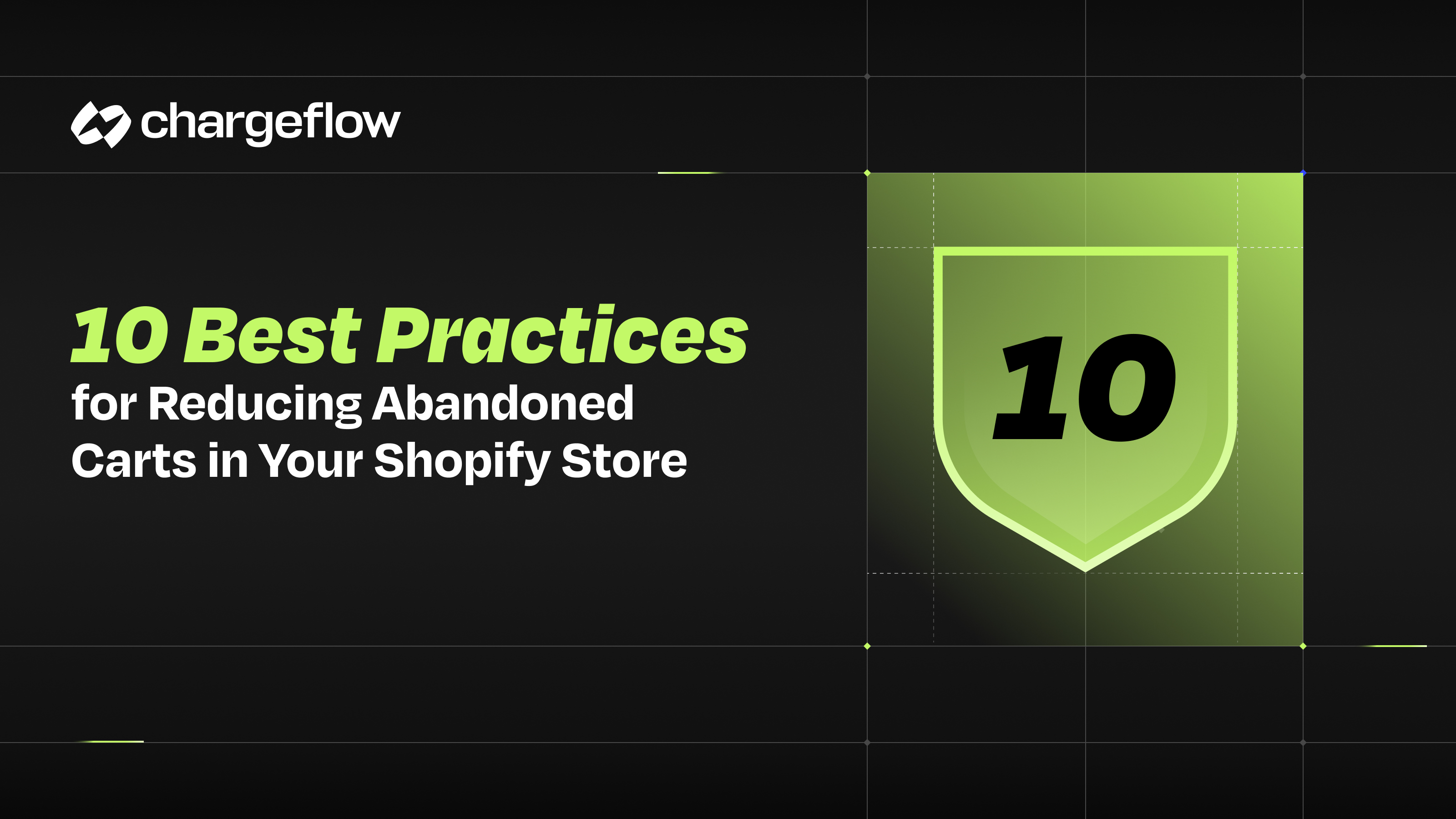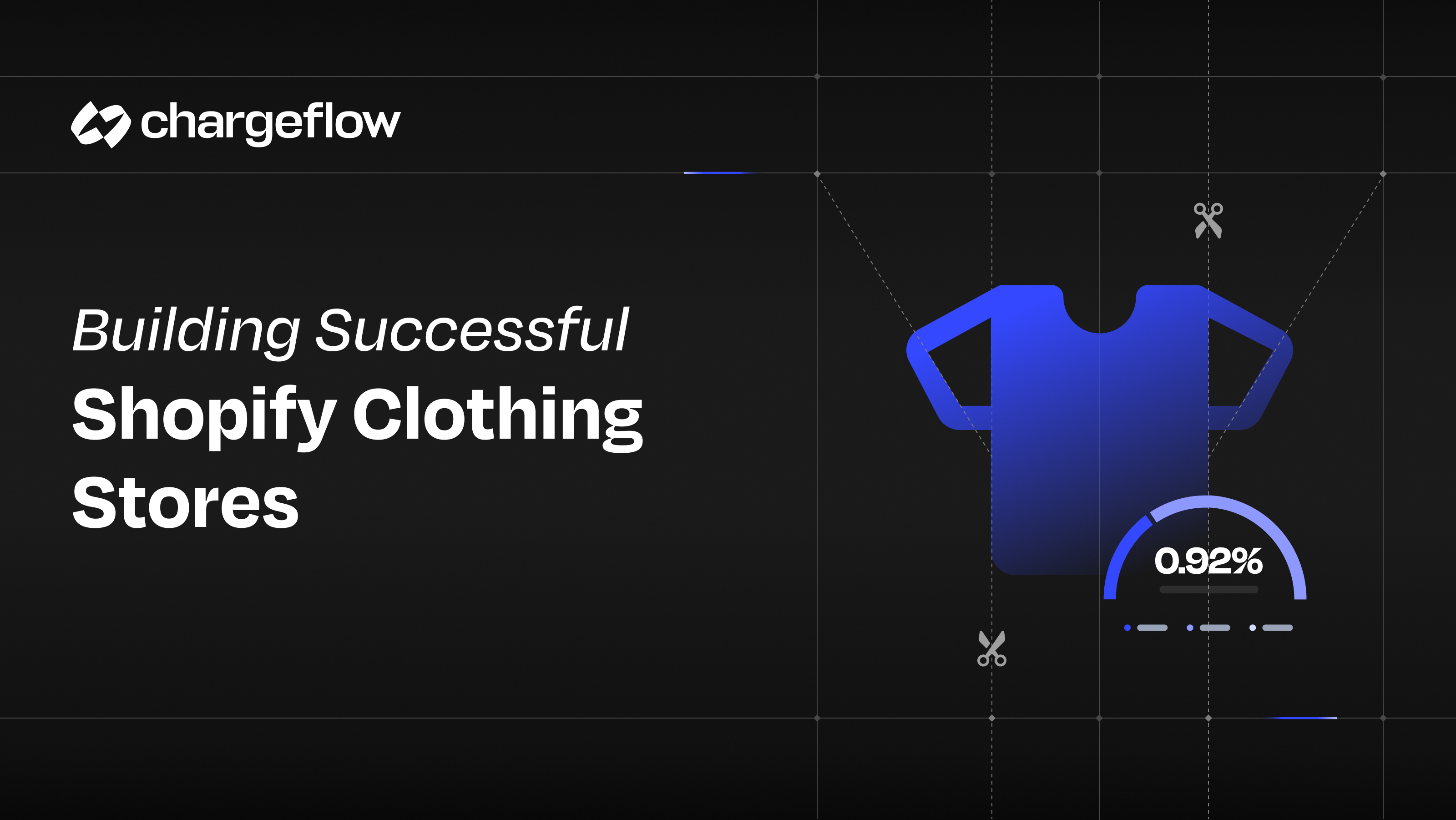Essential Fraud Prevention Strategies for eCommerce Businesses

Chargebacks?
No longer your problem.
Recover 4x more chargebacks and prevent up to 90% of incoming ones, powered by AI and a global network of 15,000 merchants.
Discover essential eCommerce fraud prevention strategies and download our free eBook for a complete checklist and bonus self-assessment quiz.
eCommerce fraud is on the rise, and your business might be the next target. With the upcoming Black Friday and Cyber Monday (BFCM) shopping frenzy which skyrockets online sales, the risk of eCommerce fraud is higher than ever. In 2024, retail eCommerce sales were estimated to rise above 6.4 trillion U.S. dollars worldwide. While this huge growth opens many new opportunities, it also poses significant fraud risks for your businesses. If you aren’t prepared for these threats – especially during high-traffic seasons like BFCM – your revenue and reputation could incur a serious hit. In this post, we’ll highlight key strategies to help your business from the most common forms of eCommerce fraud.
Why Fraud Prevention is Critical for eCommerce
Fraud isn't just about direct financial losses. For every dollar lost to fraud, businesses lose an additional $3.75 in fees, penalties, and time spent resolving disputes. Furthermore, fraud can damage your brand’s reputation and customer trust and hurt your overall bottom line. This is why taking a proactive approach to fraud prevention is crucial for protecting the business you built.
Key Fraud Prevention Strategies
A well-rounded approach to fraud prevention is crucial if you want to protect your eCommerce business. However, there's no one-size-fits-all solution. Implementing a combination of strategies like the ones below can help you minimize risks and protect your bottom line.
- Order Verification Techniques:
- Automated and Manual Review: An effective way to start your prevention strategy is by implementing automated systems to scan and flag suspicious transactions. This could be mismatched billing or shipping addresses, or higher order volumes. When it comes to high-risk orders, manual review is recommended to catch potential fraud.
- Geo-location Verification: It is recommended to use geo-location to cross-check the customer’s IP address with their billing and shipping locations. This can help identify fraudulent transactions in instances where the location data doesn’t match.
- Network and Website Security:
- Secure Pages with HTTPS: Ensure webpages use HTTPS encryption to so payment and sensitive information pages are protected for the customer data during transactions.
- Utilize 3D Secure: At the checkout stage add 3D Secure to add an extra layer of fraud protection which requires the customer to add additional customer authentication.
- Transparent Sales Practices:
- Accurate Product Descriptions: Make sure your online product descriptions and images match the actual items being shipped. This reduces customers claiming disputes of "item not as described".
- Clear Pricing: Ensure pricing information is clearly displayed, including discounts, to prevent confusion that might lead to disputes or chargebacks
Note: These strategies are just the beginning. For our complete fraud prevention plan and detailed checklists for your business, download our free eBook, "The Ultimate Fraud Prevention Checklist for eCommerce and Subscription Businesses." As a bonus you'll get a self-assessment quiz to help identify potential vulnerabilities.
How to Strengthen Your eCommerce Fraud Defenses
We’ve explored several essential strategies to help protect your eCommerce business from fraud threats, but if you want to ensure your business is fully protected, you need a complete fraud prevention plan. Don’t wait until fraud knocks at your revenue. This eBook provides in-depth fraud prevention checklists, practical strategies tailored for your business type, and a bonus self-assessment quiz to easily identify your vulnerabilities. Take action today – download the full eBook now and stay ahead of fraud risks.

Chargebacks?
No longer your problem.
Recover 4x more chargebacks and prevent up to 90% of incoming ones, powered by AI and a global network of 15,000 merchants.






























.png)








